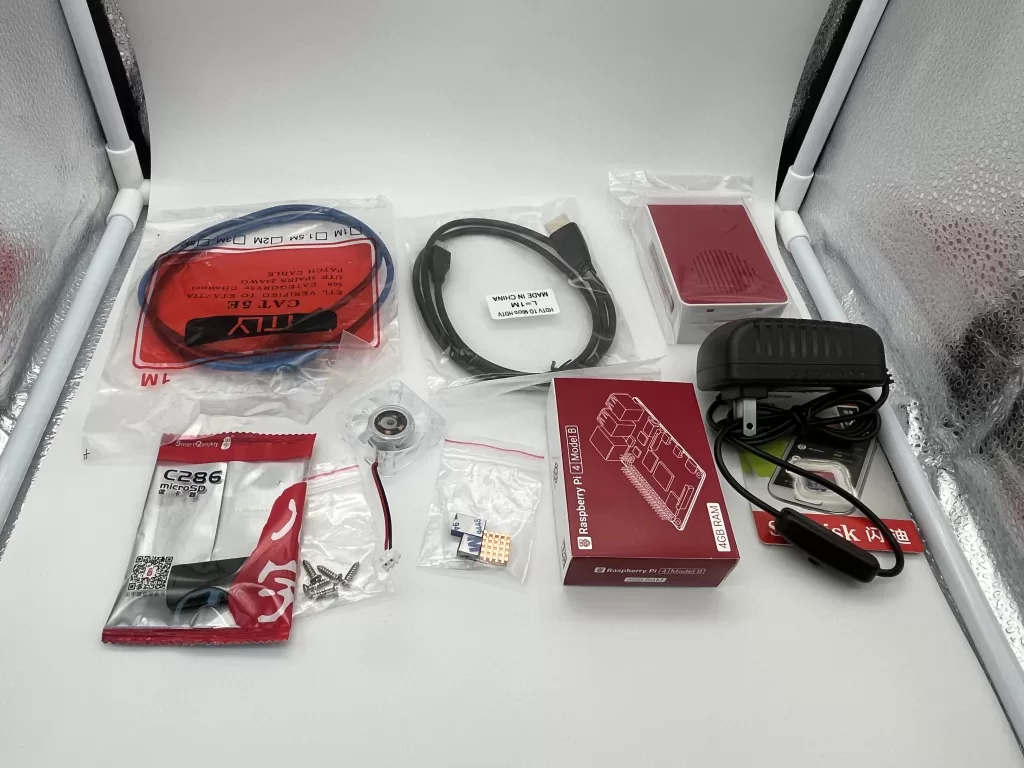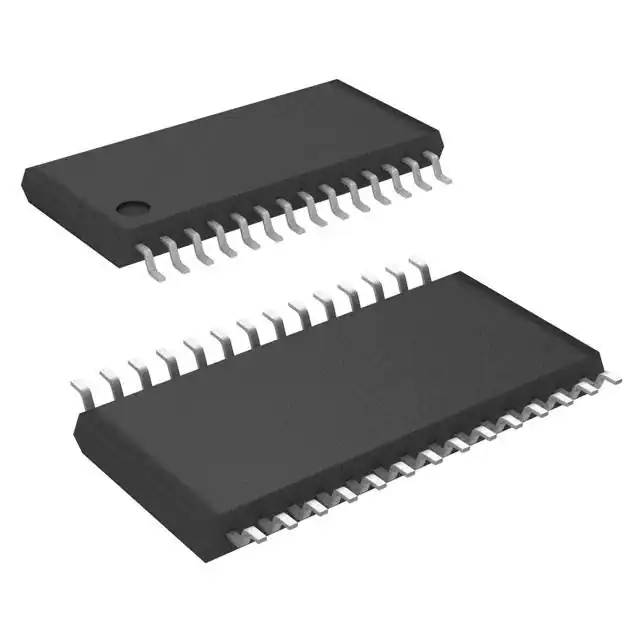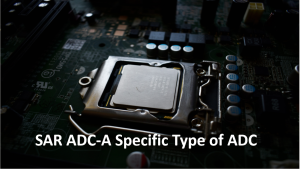Turn signal relays are crucial parts of the systems in cars that manage how they work. The blinking effect that warns other drivers of your intenti...
View detailsCPU vs DSP vs FPGA: What is the difference among them?
Processors of various types, including central processing units (CPUs), digital signal processors (DSPs), and field-programmable gate arrays (FPGAs), can be used for a range of tasks. The optimal option for a given application will rely on the details of that program because each type of processor has advantages and disadvantages of its own.
In this blog, we'll compare and contrast DSPs, FPGAs, and CPUs to help you choose the best processor for your application. In addition, we will give some instances of apps that frequently make use of each kind of processor.
What is CPU?
The central element of a computer, or CPU, serves as its "control center." The CPU, sometimes known as the "central" or "main" processor, is a sophisticated collection of electronic circuitry that manages the device's software and operating system. The device's hardware and software programs are most frequently where the CPU receives, processes, and executes instructions.
Arithmetic, logic, and other operations are carried out by the CPU to convert data input into more useful information output. Although the CPU must have a minimum of one processing core, many have more. For instance, a server with two hexa-core CPUs has a total of 12 processors.

What is a Digital Signal Processor (DSP)?
A Digital Signal Processor(DSP) is generally used to filter and compress analog signals while they are in transit, as well as to detect faults. It is a particular type of signal processing that is carried out by a digital signal processor or a device with equivalent capabilities and the ability to carry out DSP-specific processing algorithms. Typically, DSP utilizes signal processing techniques and algorithms after first converting an analog signal into a digital signal. DSP, for instance, can be used to lessen distortion and noise in audio streams. Digital image processing, speech recognition, biomedicine, and audio signal processing are just a few of the uses for DSP.

What is FPGA?
FPGA devices are semiconductor devices that are built around a matrix of customizable logic blocks (CLBs) coupled via programmable interconnects. Configurable logic and memory are features of FPGA devices. A generic FPGA can be set up to run and support a variety of applications as needed. In order to ensure that the FPGA is compatible with particular systems, the end-user can build a variety of hardware designs thanks to the modular nature of FPGA designs. Hardware description languages like Verilog HDL, VHDL, and SystemC can be used by the end-user or programmer to implement the hardware's design.

CPU vs DSP vs FPGA Features
CPU Features
- The processor's little cache is where data is sent to the CPU after being retrieved from main memory.
- Recent processor designs feature several cores. These cores are separate from one another and are made up of cache memory.
- The CPU's speed is often expressed in GHz or MHz. A speedier task is completed by a processor with a higher frequency.
- The physical unit has two parallel-operating logical cores. As the number of cores rises, the entire process accelerates.
- Multi-core CPUs have more bandwidth than single-core processors do.
DSP Features
- The primary purpose of digital signal processors is to facilitate repeated and computationally demanding tasks.
- The majority of digital signal processors have a strong data route and the ability to quickly transfer huge volumes of data to memory.
- These processors offer distinctive instruction sets to improve hardware effectiveness.
- Digital signal processors have two key characteristics: a data pipeline with multiple-access memory layouts, and quick multiply-accumulate units.
- The processor's performance is typically improved by the usage of pipelines. Therefore, pipelining is now used by the majority of processors, but when speed is improved, pipelining will make programming much more difficult.
FPGA Features
- Really complex.
- Inexpensive.
- Elevated integration
- Avoid the ASICs issue.
- It is an online, real-time test.
- Several FPGAs have a RAM block.
- dependability and high density
- The PLD and small physical size FPGA are compatible.
- Moreover, programming is incredibly adaptable.
Here is a table that summarizes the key differences between CPUs, DSPs, and FPGAs:
| Feature | CPU | DSP | FPGA |
| Purpose | General-purpose | Digital signal processing | Customizable |
| Applications | Devices that need to do a range of jobs include personal computers, servers, and other hardware | Other applications that call for quick digital signal processing include audio and video processing | Specific applications |
| Features | Fast ALU, multiple parallel data paths | Special features for digital signal processing | Configurable logic |
| Speed | Varies | Typically faster than CPUs for digital signal processing tasks | Varies depending on the application |
| Cost | Varies | Typically more expensive than CPUs | Varies depending on the application |
CPU vs DSP vs FPGA: Advantages and Disadvantages
Advantages and Disadvantages of CPU
Advantages of CPU
- CPU is the main component of a computer and serves as its brain and heart.
- It is compact and fits well into the motherboard's slot.
- It processes business and mathematical data more quickly.
Disadvantages of CPU
- Inability to manage huge jobs requiring millions of comparable actions due to poor parallel processing.
- The advancement of CPUs is likewise evolving slowly.
- Not all systems or software are compatible with it; for example, an ARM CPU cannot run software designed for an x86 Intel processor.
Advantages and Disadvantages of DSP
Advantages of DSP
- Digital systems in DSP can be cascaded without encountering any loading issues.
- In this way, digital circuits may be quickly and cheaply replicated in vast quantities.
- Digital circuits are less susceptible to component value tolerances.
- Because the digital signals can be processed offline, these can be transmitted conveniently.
- A digital programmable system's program can be updated to alter the operations involved in digital signal processing.
- Compared to analog systems, it is easier to control accuracy with digital systems.
- By using DSP technology, complex signal processing algorithms can be built.
- Magnetic media, such as magnetic tape, may easily store digital signals without sacrificing the signal's quality of reproduction.
Disadvantages of DSP
- DSP requires ADC and DAC modules because it needs an anti-aliasing filter prior to the ADC and a reconstruction filter following the DAC.
- DSP wastes more power than ASP since it processes signals more quickly and has more internal hardware resources overall.
- DSP chips are highly expensive, so it's important to pick the right ICs for the job.
- For the same information to be transmitted as ASP, DSP needs more bandwidth.
- Although it is possible to increase the bit rate past a certain point, it is also possible to reduce the amount of data. Each DSP has a unique hardware design and set of software instructions, necessitating special DSP programming knowledge. Therefore, the equipment can only be worked on by highly qualified engineers.
Advantages and Disadvantages of FPGA
Advantages of FPGA
- No NRE (Non Recurring Expenses): There are no NRE (Non Recurring Expenses), which are often related to ASIC designs. This is missing for FPGA. FPGA tools cost little.
- Less complicated design process: This is because software takes care of most of the routing, placement, and timing. There is less manual involvement.The intricate and time-consuming floorplanning, place and route, and timing analysis are eliminated by the FPGA design procedure.
- More predictable project cycle: Since the design logic is already generated and verified in the FPGA device, the FPGA design flow removes potential re-spins, wafer capacities, etc. of the project.
- Field reprogramability: An instantaneous remote upload of a new bitstream, i.e., your software, is possible. ASICs can cost $50,000 and take 4-6 weeks to make the same modifications that an FPGA can do in a matter of minutes. Depending on the hardware specifications, FPGA prices range from a few dollars to many hundreds of dollars or more.
- Reusability: The fundamental benefit of FPGA is its reusability. The design can be constructed as a prototype on an FPGA and confirmed for almost accurate results before being implemented on an ASIC. If there are errors in the design, modify the HDL code, produce a bit stream, program the FPGA, and run another test.Modern FPGAs can be partially and dynamically reconfigured.
Disadvantages of FPGA
- More power is consumed by FPGA. The power optimization is beyond your control.
- You must make use of the FPGA's resources. FPGA thus restricts the design size.
- Good for small-scale production. In comparison to ASIC implementation, cost per product rises as quantity increases.
CPU vs DSP vs FPGA Applications
CPU Applications
- Servers: CPUs are utilized in servers, which are computers used for data processing and storing. Because servers frequently have many CPUs, they may process several requests at once.
- Smartphones: Smartphones use CPUs. Smartphone CPUs are often less powerful than desktop or laptop CPUs, although they can still run the majority of programs.
- Tablets: Tablets make use of CPUs as well. Generally speaking, tablet CPUs are comparable to smartphone CPUs.
- Cars: The engine, transmission, and other systems of cars are all controlled by CPUs. Car CPUs typically have lower processing capability than other types of CPUs, but they can nevertheless handle intricate computations.
- Appliances: CPUs are found in devices like microwaves, refrigerators, and washing machines. Appliance CPUs often have lower processing capability than other types of CPUs, but they can nonetheless manage the functions of the appliance.
- Medical equipment: MRI machines and pacemakers are two examples of medical equipment that employ CPUs. Since medical device CPUs must be able to do crucial functions without fail, they are frequently exceedingly strong and dependable.
- Industrial robots: Industrial robots use CPUs to carry out operations like welding, painting, and assembly. Since industrial robot CPUs must be able to carry out these jobs precisely and consistently, they are frequently exceedingly powerful and precise.
DSP Applications
- Used for up-sampling and down-sampling during sampling
- Processing in the time domain: correlation and convolution
- Windowing, Fourier transformations, and frequency analysis
- Image and audio processing
- Electrocardiogram, diagnostic imaging (CT, MRI, ultrasound, and other types),
- Analysis, storage, and retrieval of medical images
- Control and monitoring of the process
- Sonar, Radar
- Data gathering, recording, and analysis of earth quakes
- Data and voice compression
- Design of FIR and IIR filters in filtering
FPGA Applications
- ASIC Prototyping: ASIC prototyping with FPGAs offers quick and precise SoC system modeling and embedded software verification.
- Data Center: Designed to maximize the value of cloud installations by supporting high-bandwidth, low-latency servers, networking, and storage applications.
- High Performance Computing and Data Storage: Solutions for Network Attached Storage (NAS), Storage Area Network (SAN), servers, and storage appliances for high performance computing and data storage.
- Industrial: For a variety of applications, including industrial imaging and surveillance, industrial automation, and medical imaging equipment, AMD FPGAs and targeted design platforms for Industrial, Scientific, and Medical (ISM) enable higher levels of flexibility, quicker time-to-market, and lower overall non-recurring engineering costs (NRE).
- Medical: The Virtex FPGA and SpartanTM FPGA families can be used to address a range of computing, display, and I/O interface needs for diagnostic, monitoring, and therapeutic applications.
- Consumer Electronics: Converged handsets, digital flat panel displays, information appliances, home networking, and residential set top boxes are just a few examples of the next-generation, fully featured consumer applications that can be enabled by cost-effective consumer electronics solutions.
How to Choose the Right Processor?
The following considerations should be taken into account when selecting the optimum processor for your application:
- The application's unique specifications
- The application's performance requirements
- The application's need for flexibility
- The processor's price
The application's long-term needs must also be taken into account. For instance, you might want to select a more adaptable processor, such an FPGA, if you anticipate that the application would need to alter in the future.
Conclusion
In this blog, we have compared and contrasted CPU, DSP, and FPGA. We have discussed the factors to consider when choosing the right processor for your application. We have also provided some examples of applications where each type of processor is commonly used.
Ella
Ella is a skilled embedded systems engineer with experience in PCB design and microcontroller programming. She is committed to following the most recent developments in the field and is constantly seeking for ways to apply them to her work.
WEW ALL POSTS BYElla-
Exploring Turn Signal Relay Basics: A Comprehensive Guide 536
-
What Is PCB, and How Does It Work? 485
In this blog, we delve into the world of PCB (Printed Circuit Boards) and explore its fundamental role in electronic devices. Discover what PCB is,...
View details -
Photodiodes Essentials: A Comprehensive Overview 202
In this blog, we will delve into the fundamentals of photodiodes, exploring their functionality, applications, and significance in modern technology.
View details -
Stepper Motor Basics: Operating Principles and Mechanisms 78
In this blog, we will delve into the fascinating world of stepper motors, explaining their operating principles, mechanisms, and various applications.
View details -
SAR ADC-A Specific Type of ADC 396
A Successive Approximation Register (SAR) ADC is a type of analog-to-digital converter that uses a binary search algorithm to convert analog signal...
View details -
Step-by-Step RG6 Cable Installation for Beginners 38
In this blog, we will equip you with the knowledge and skills to confidently tackle RG6 cable installation.
View details
 Ampheo Electronics
Ampheo Electronics






